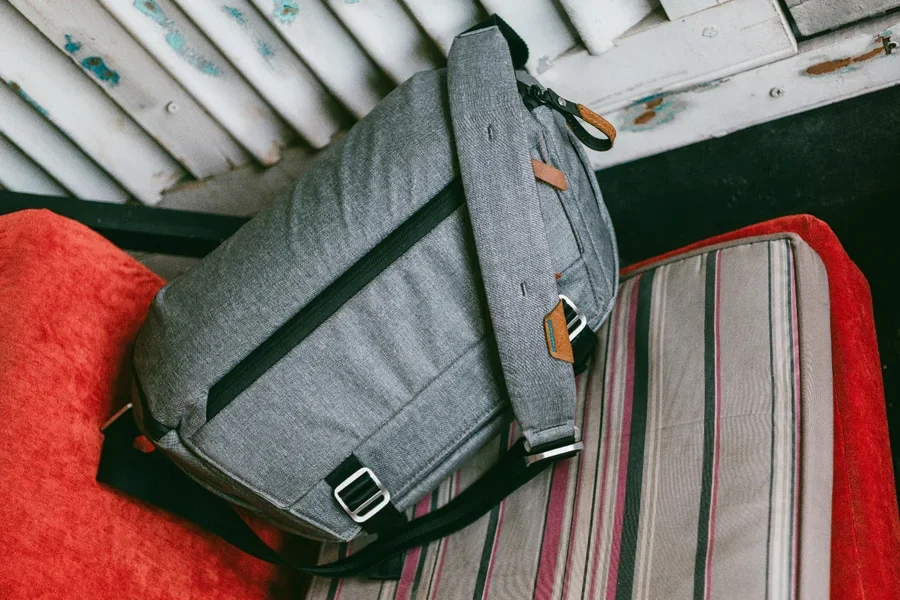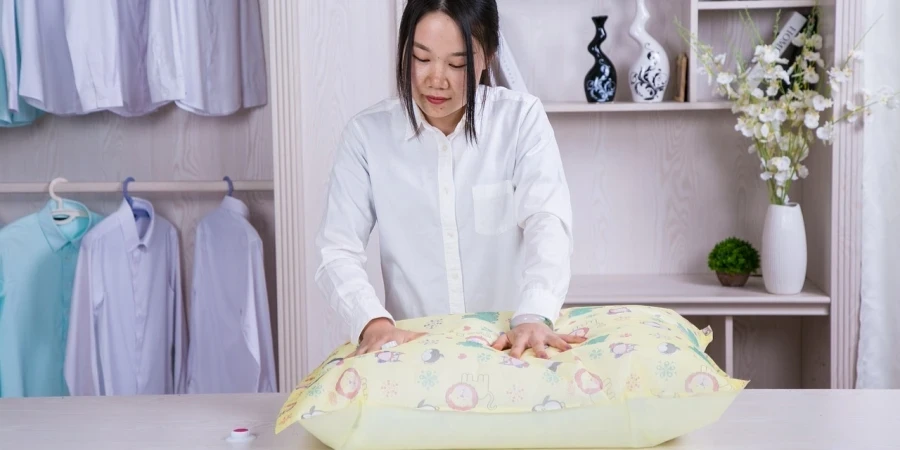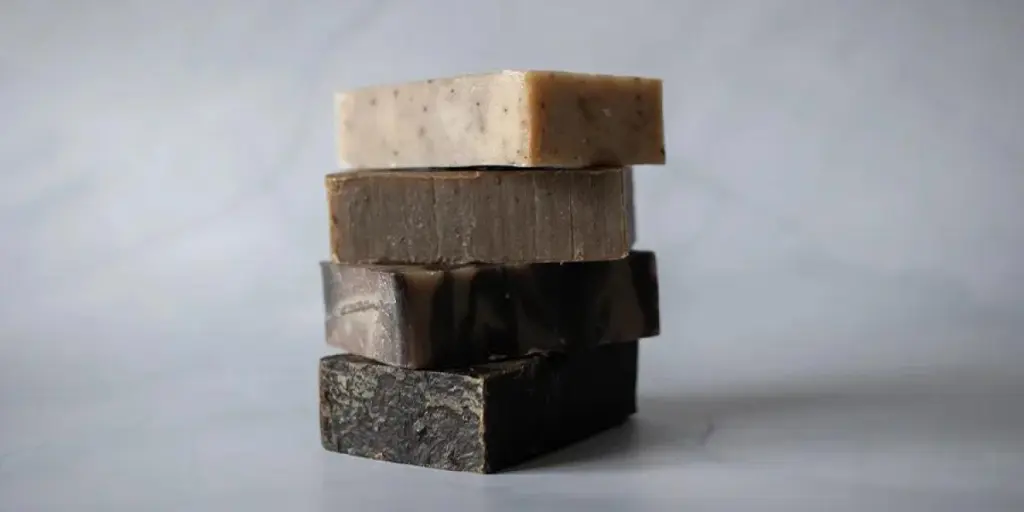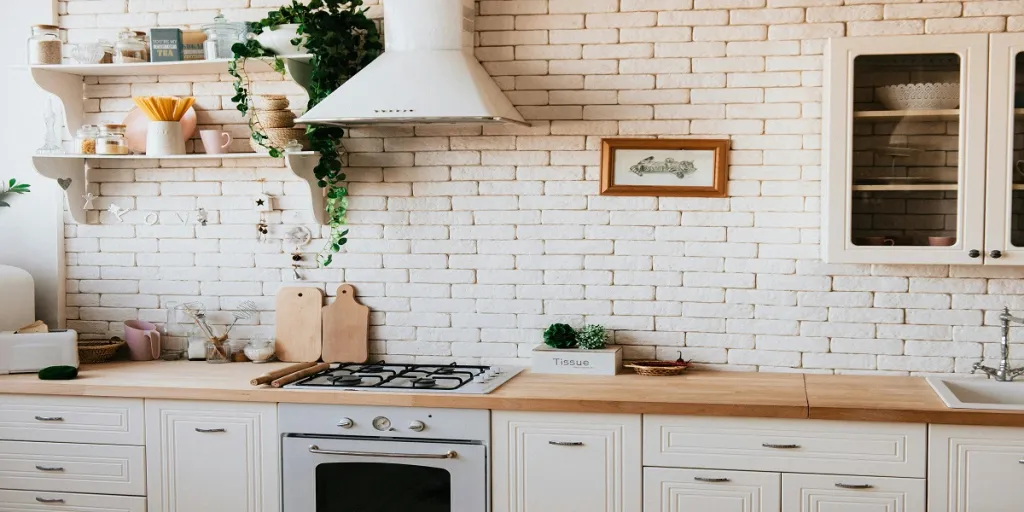Vacuum storage bags have become an indispensable tool for efficient storage and preservation across various industries. Their ability to save space, protect goods from environmental damage, and maintain product integrity makes them ideal for professional buyers seeking cost-effective solutions. As market trends shift towards sustainability and advanced packaging technologies, staying informed is critical for making competitive business decisions. This article delves into the latest market insights, explores diverse product options, and provides actionable guidance to optimize purchases. Mastering these aspects ensures businesses can capitalize on the full potential of vacuum storage solutions.
Table of Contents
● Market overview: Growth in the vacuum storage solutions sector
● Exploring the types of vacuum storage bags and their features
● Choosing the perfect vacuum storage bag: Key considerations
● Conclusion
Market overview: Growth in the vacuum storage solutions sector

Rapid market expansion and size projections
The global vacuum storage bags market is experiencing steady growth, fueled by rising demand for space-saving and protective storage solutions. According to Mordor Intelligence, the market is valued at $29.29 billion in 2024 and is expected to reach $35.17 billion by 2029, expanding at a CAGR of 3.73%. Increased awareness of sustainable storage practices and advancements in material technology have further propelled this growth. Additionally, VisionaryCreations projects that the household segment and commercial industries are key drivers, driven by lifestyle trends and efficient organization demands.
Regional trends and market opportunities
North America leads the market, driven by its focus on innovation, food safety, and home organization, while Asia-Pacific emerges as the fastest-growing region. As reported by Verified Market Reports, urbanization and rising disposable incomes in regions like India and China are boosting demand for vacuum storage bags. These areas are also benefiting from greater e-commerce penetration, which makes innovative storage solutions more accessible to a broader audience.
Technological advancements and sustainability trends
The market is witnessing a surge in eco-friendly product innovations. Compostable vacuum bags and biodegradable materials are becoming popular, reflecting the global emphasis on reducing environmental impact. Companies like Mondi are pioneering mono-material vacuum packaging, catering to businesses and households prioritizing sustainability. Furthermore, technological upgrades, such as improved vacuum sealers and multilayer bag construction, ensure better durability and performance, meeting diverse consumer needs.
Exploring the types of vacuum storage bags and their features

Roll-up vacuum bags: Travel-friendly essentials
Roll-up vacuum bags utilize a manually operated compression system, allowing users to expel air by rolling the bag from one end to the other. Manufactured from 80-micron polyethylene, these bags offer durability while maintaining flexibility, ideal for travel or compact storage. They typically feature double-zip seals reinforced with clips, which prevent air leakage even under repeated use. These bags are most effective for lightweight items like clothing, offering compression rates of up to 75%, which significantly increases luggage capacity.
Standard vacuum bags: Versatile household solutions
Standard vacuum storage bags are made with multilayer constructions, typically combining polyethylene (PE) for flexibility and polyamide (PA) for high oxygen barrier properties. These materials ensure the bags are resistant to punctures and moisture, providing robust protection for stored items. Featuring self-sealing valves compatible with vacuum cleaner nozzles, these bags achieve vacuum pressures of up to -90 kPa. The multilayer construction also offers a high tensile strength of approximately 20 MPa, making them suitable for heavier items like quilts and comforters. Available in sizes up to 130 cm x 100 cm, they accommodate a wide range of household storage needs.
Hanging vacuum bags: Maximizing closet space

Hanging vacuum bags integrate a structural hanger within the bag, supporting up to 5 garments without compromising the vacuum seal. Made from reinforced plastic films with a thickness of 100 microns, these bags are resistant to tearing even under the weight of heavy garments. The hanger mechanisms often include ABS plastic components, ensuring durability for long-term use. These bags utilize advanced screw-cap valves, providing an additional layer of airtight sealing, which maintains internal vacuum pressures suitable for extended seasonal storage.
Boilable and sous-vide bags: For culinary applications
Sous-vide and boilable vacuum bags are constructed from bi-oriented polyamide (OPA) and cast polypropylene (CPP), ensuring heat resistance up to 120°C for prolonged cooking durations. The OPA layer offers a high barrier to oxygen transmission rates (OTR), often below 1 cc/m² per day, preserving food freshness during the cooking process. Additionally, these bags have a water vapor transmission rate (WVTR) of less than 0.5 g/m² per day, preventing moisture loss while cooking. Designed for uniform heat distribution, they maintain food integrity, making them ideal for professional culinary applications such as sous-vide steak preparation.
Eco-friendly compostable bags: Sustainable options
Compostable vacuum bags are typically produced using polylactic acid (PLA) films, combined with a barrier layer of EVOH to enhance oxygen resistance. These materials decompose fully within 180 days under industrial composting conditions, meeting certifications such as EN 13432 or ASTM D6400. Despite their eco-friendly nature, these bags maintain functional properties like tensile strengths of 15-20 MPa and heat resistance up to 85°C, suitable for sous-vide cooking and chilled storage. The multi-layer structure also provides moderate puncture resistance, accommodating a wide range of food storage requirements while aligning with sustainability goals.
Choosing the perfect vacuum storage bag: Key considerations

Material matters: Ensuring durability and safety
The choice of material in vacuum storage bags directly affects durability, flexibility, and the ability to maintain a secure vacuum seal. Bags made of polyethylene (PE) offer excellent flexibility and puncture resistance, ideal for general storage. Polyamide (PA) enhances barrier properties, significantly reducing oxygen transmission rates to protect contents from degradation. For food applications, EVOH (ethylene vinyl alcohol) is often added as an extra barrier against gases, ensuring optimal preservation. Selecting BPA-free bags is critical for food storage, as this certification ensures that harmful chemicals do not leach into stored items.
Thickness and size: Matching needs with features
The thickness of vacuum storage bags, measured in microns, determines their strength and suitability for specific items. Bags with an 80-micron thickness are sufficient for lightweight items like clothes, while those between 100 and 150 microns are better suited for bulky or sharp-edged items such as duvets or items with zippers. The size of the bag must align with the intended use, ranging from small bags for compact storage to jumbo options for larger household items. Choosing the right combination of thickness and size reduces the risk of tearing and ensures a snug fit, preventing air reinfiltration.
Functionality and compatibility
Compatibility with vacuum devices is another critical consideration. Embossed vacuum bags, with their textured inner surfaces, work seamlessly with external vacuum sealers by facilitating efficient air removal. Smooth bags, on the other hand, are best suited for chamber vacuum sealers, which provide a consistent seal for bulkier items. Verifying the dimensions of the nozzle or pump ensures a secure connection and effective sealing. Selecting bags with self-sealing valves and double-zip closures adds an extra layer of reliability, preventing air leaks even during extended storage.
Cost vs. quality: Making informed choices
Balancing cost and quality is essential to maximize the value of vacuum storage bags. High-quality bags often feature multilayer constructions with reinforced seals, offering enhanced longevity and reusability. Durability can be assessed through tensile strength and puncture resistance ratings, while warranty terms from manufacturers provide insights into the product’s reliability. While premium bags may have a higher upfront cost, their extended lifespan and reduced risk of leaks or failures make them a more economical choice over time. Investing in quality products ensures long-term storage performance and reduces the need for frequent replacements.
Conclusion

Choosing the right vacuum storage bag is essential for maximizing storage efficiency, preserving product quality, and meeting diverse organizational or operational needs. By considering material durability, thickness, size compatibility, and cost-effectiveness, businesses can ensure optimal performance and long-term value. Whether for household use, food preservation, or industrial applications, selecting high-quality vacuum storage solutions supports efficiency and sustainability while protecting stored items against environmental factors.




